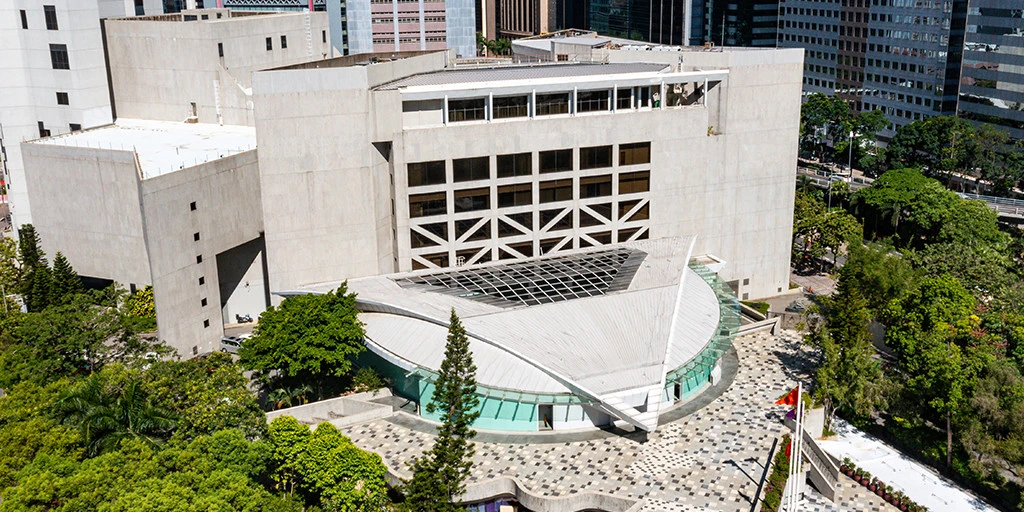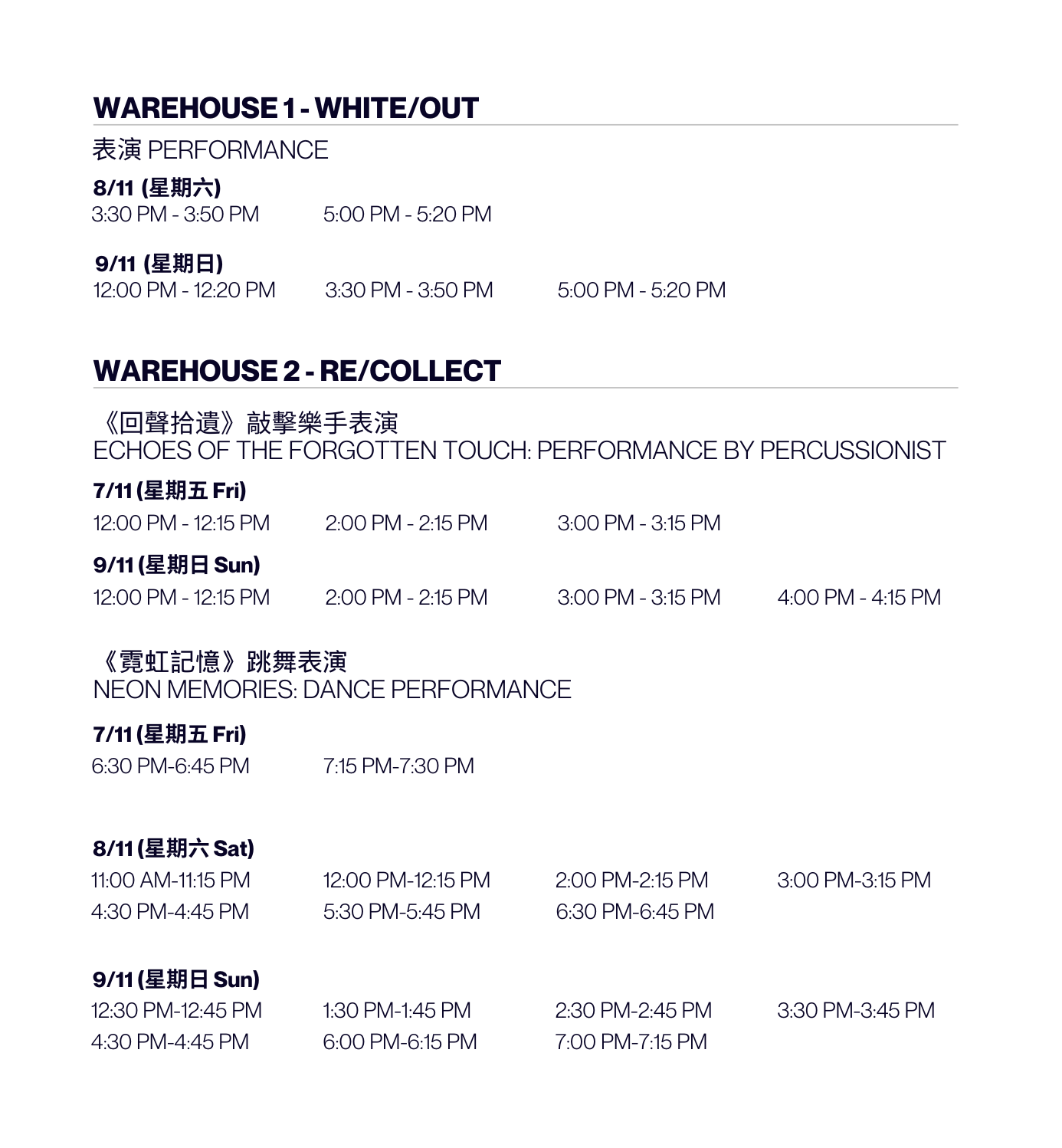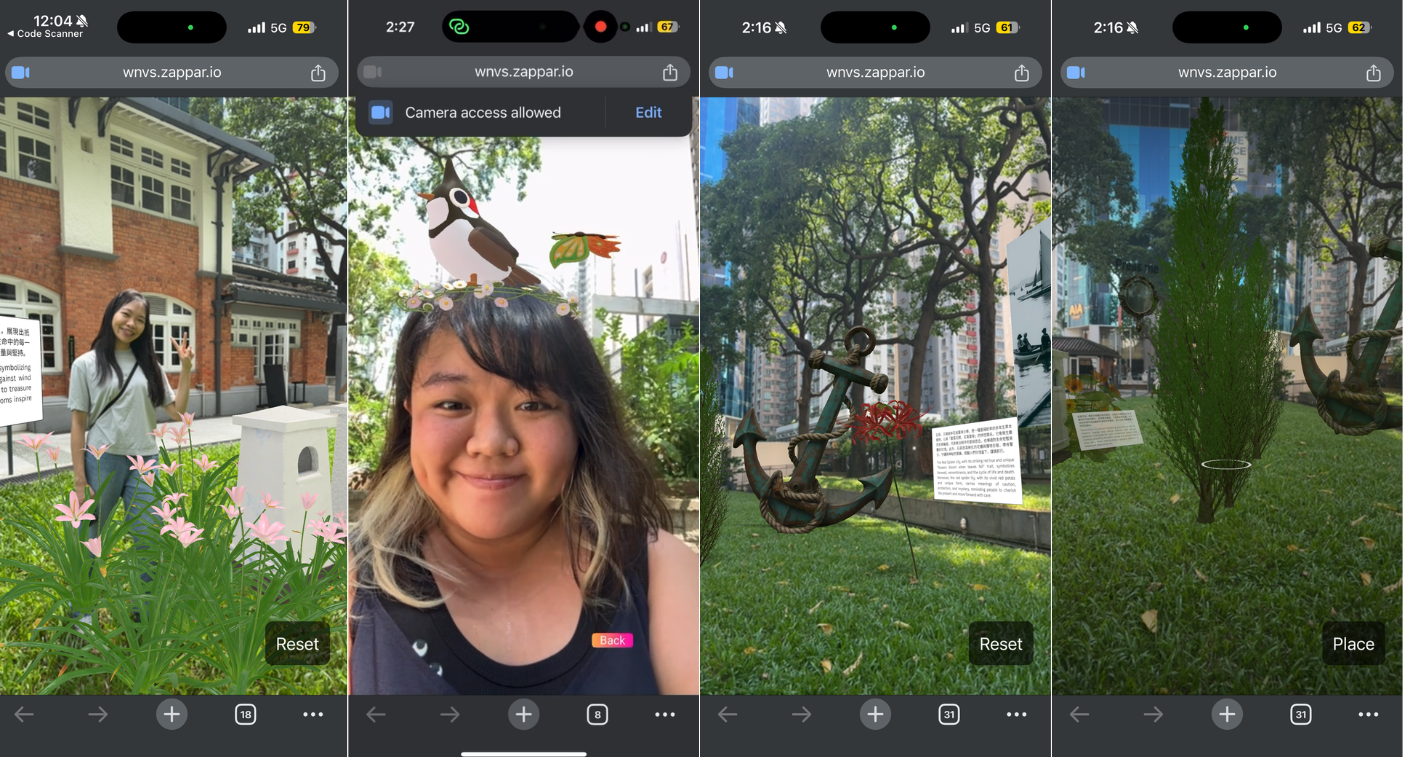
Curatorial Statement
Ways of Seeing Memories
Memory is an act of storytelling. A narrative we construct, deconstruct, and reconstruct with each passing moment, shaped as much by what we choose to forget as by what we strive to remember. It is a fleeting current, a river carrying fragments of the past, reshaping them with each recollection. Memory is as much about forgetting as it is about remembering, a delicate balance that blends truth, emotion, and imagination.
As Virginia Woolf writes in her novel Orlando: A Biography, “Memory is the seamstress, and a capricious one at that. Memory runs her needle in and out, up and down, hither and thither. We know not what comes next, or what follows after". It is this unpredictability, this incompleteness, that gives memory its depth and beauty, allowing us to weave meaning into the fragments left behind.
In an age where technology increasingly mediates our lives, this narrative, once deeply personal and organic, has become a site of interplay between the human and the digital. As the curator of “Ways of Seeing Memories”, I invite you to join us on a journey through the fragility, distortion, and reconstruction of memory. This exhibition invites you to explore the interplay of touch, sounds, screens, human experience, and artificial intelligence – moments that redefine the very act of “seeing”.
The exhibition title takes inspiration from John Berger’s seminal work, Ways of Seeing (1972), which challenged traditional ways of looking at art and reality. Berger argued that “seeing comes before words”, yet in today’s digital age, the ways we see and remember are filtered through layers of technology. Just as Berger deconstructed vision, this exhibition seeks to deconstruct the act of remembering, asking: What does it mean to recall the past in a world where memory is shaped by technology? How do we hold on to what it means to be human in an age where even our past feels manufactured?
The Fragility of Memory
Memory, much like vision, is no longer static or purely human. Neuroscience tells us that memory is a process of reconstruction, each time we recall, we reshape. This idea resonates with Marcel Proust’s concept of involuntary memory, where sensory triggers pull fragments of the past into the present. But what happens when those triggers are digital rather than organic? When algorithms, rather than emotions, dictate how we revisit our memories?
These questions echo the themes found in Philip K. Dick’s Do Androids Dream of Electric Sheep?, where the boundary between human and machine, authentic and artificial memory, begins to blur. The androids, designed to mimic humans, are given fabricated memories to make them more convincing and functional. These memories allow them to believe they have a past, anchoring them emotionally and giving them a sense of identity—an identity that is, in reality, artificial and constructed. If memories can be created and altered by technology, what defines the authenticity of our past and our sense of self?
Remembering and Forgetting
Memory could be a mirror of the self. Yet, it is often cracked, distorted, and incomplete. Inspired by Jorge Luis Borges’ Funes the Memorious, the exhibition explores the tension between remembering and forgetting. Borges’ tale of a man cursed with perfect memory reminds us that forgetting is not a flaw but a necessity, enabling us to construct meaning from the fragments of the past.
This dynamic between recollection and loss is central to the exhibition. Some spaces evoke the fragility and impermanence of memory, while others explore the shared, collective dimensions of memory that span personal milestones, cultural identity, and history.
By embracing both remembering and forgetting, the exhibition invites us to reflect on the beauty of imperfection in memory and the ways in which its incompleteness enables us to create narratives, form identities, and connect with the world around us.
Navigating Memory in a Hyperconnected World
At its heart, this exhibition is both a celebration and a critique of how technology reshapes the nature of memory. While digital tools offer new ways of remembering through AI, interactive art, and augmented reality, they also challenge us to confront the fragility of memory and the ethics of technological mediation.
Drawing on the insights of John Berger, Marcel Proust, and Jorge Luis Borges, as well as the artistic innovations of surrealism and contemporary AI-driven creativity, The exhibition, “Ways of Seeing Memories”, questions what it means to remember in an age where the digital and the organic are intertwined. How do sensory experiences trigger and shape our recollections? What role does forgetting play in the process of memory? How does technology, with its ability to record, distort, and replay, redefine our understanding of the past?
An Invitation to Reflect
“Ways of Seeing Memories” guides visitors through two distinct spaces—"White/Out", exploring the erasure and voids of memory, and “Re/Collect”, focusing on the reconstruction and retrieval of fragments. Through moments that are both playful and reflective, the exhibition explores how memory is shaped, fragmented, and reconstructed in a world where the digital and human are deeply intertwined.
Visitors are invited to engage with the installations, rediscover forgotten memories, and reflect on how living in a hyperconnected, digital world affects us. In this journey, memory becomes a pathway to explore passions, inner peace, and personal meaning, regardless of age, ability, or background. By embracing the fragmentation and reconstruction of memory, the exhibition inspires visitors to find strength, creativity, and a renewed perspective for the future.
As both curator and artist, I’ve been deeply inspired by the collaboration between artists, technologists, and storytellers who challenge traditional notions of memory. Together, they remind us to reclaim agency in how we remember.
“Ways of Seeing Memories” is more than an exhibition—it’s an opportunity to pause, reflect, and celebrate the beauty of remembering, the necessity of forgetting, and the transformative role of technology. I invite you to embark on this journey of recollection and reimagination, finding meaning in both what we hold onto and let go.
About the Exhibition

HKAPA

Oi!




